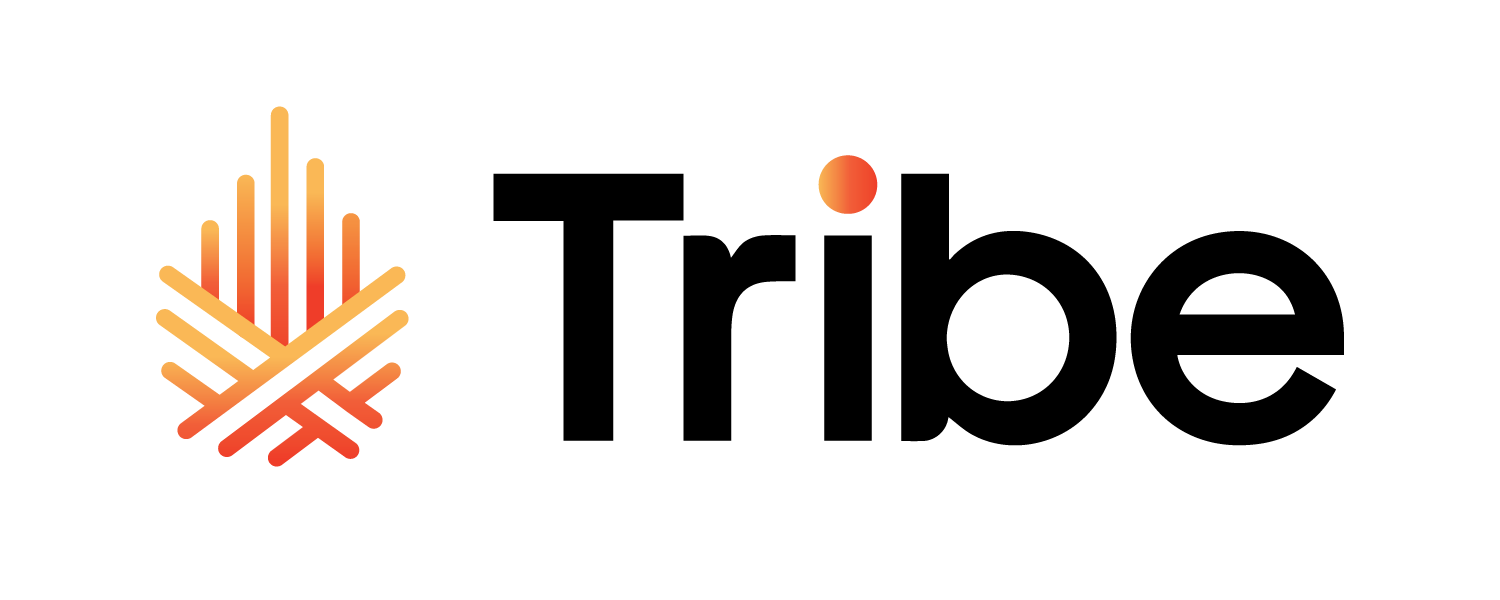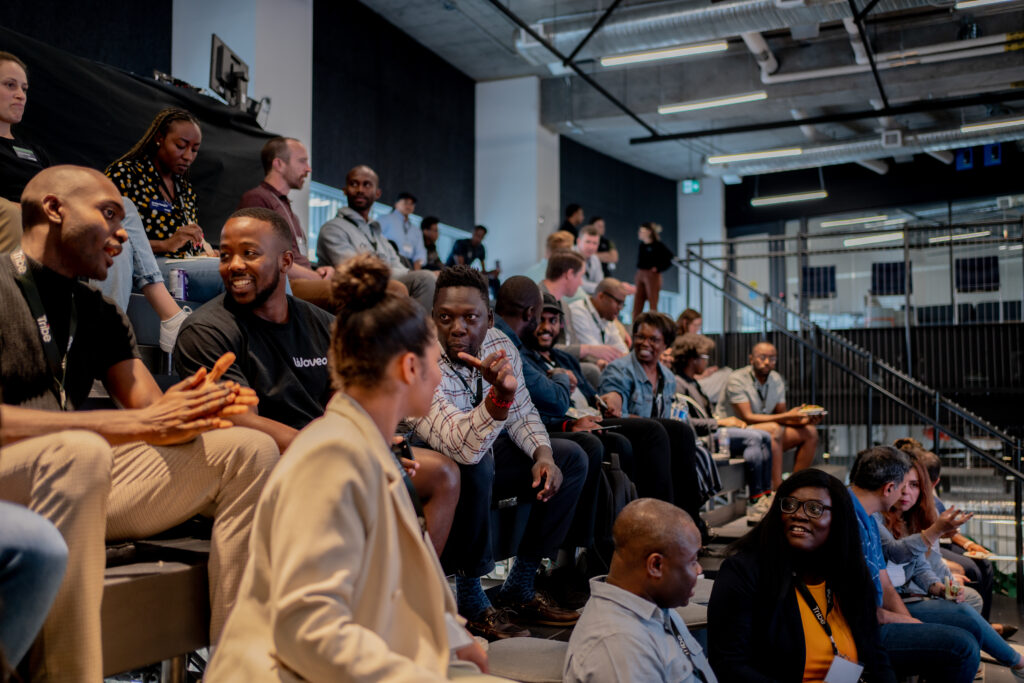3 Practices for Levelling Up into Executive Leadership Positions as a BIPOC Professional

By Taq Bhandal , Partner at BIPOC Executive Search and Founder, I’m With Periods
Hi & Sat Sri Akal y’all! I hope you are keeping well since we connected last. I’m so honoured to share 3 Practices for Leveling Up into Executive Leadership Positions as a BIPOC Professional and Entrepreneur. Much of what I share below is a reflection of my own journey stepping into my position, power, and missions here on earth.
Practice # 1: Use time blocking rather than a to-do list for effective executive leadership
Time blocking or a Time Management System: Designate blocks of time in your day to work on particular aligned action items (ideally without interruption). Depending on your own work hours, strategies, and tasks you can align it accordingly.
I definitely need a space (my analog planner with stickers of course), where I just scribble down every to-do, oh yeah, and oh sh*t tasks and follow-ups. It’s such helpful practice for the nervous system to get these swirling sets of thoughts and actions out on paper.
What I’ve noticed when working with BIPOC Executives on a daily basis is that they are (for the most part) incredibly organized. My own teachers including Lisa Nichols, Vishen Lakhiani, and Erik Fisher have all taught me about time blocking as an organizational technique that they use in their own businesses, and in the case of Erik’s podcast, I’ve learned that many successful entrepreneurs use this same method (or version of it).
Example to-do list:
- Write advertisement
- Draft a proposal for X new client
- Create a proposal for X new grant
- Call X
- Submit bookkeeping to X
- Ask X to follow up about X
Example Time-Blocking :

Practice # 2: Tending to our vagus nerve to foster a sense of safety in your journey to executive leadership
Move your laptop or computer monitor to a place where you are looking up as you type. Look at the camera or just above the camera during video meetings and calls. This allows for a gentle back bend and opening up of the shoulders and heart.
Our vagus nerve is central to feelings of safety. I know as a BIPOC Professional and Entrepreneur that in order to be successful in my businesses and show up with my team and clients in a good way, I absolutely need to feel safe. It’s an ongoing and daily practice. Many of our communities are still experiencing the effects of intergenerational trauma.
Part of the reason why you might have started your own business is to be able to operate in the world through your own unique worldview and way of being. In this way, whether we consciously or subconsciously believe it, we are gesturing towards decolonizing business and money. I personally desire for all of us to feel safe and worthy to do so (to create, play, receive an abundance of cash money, receive gifts, and move towards sustainable living).
One simple way to tend to our vagus nerve is to notice which way we are looking. For our vagus nerve, looking down can sometimes mean I’m scared, I’m ashamed, I did something wrong. Looking straight ahead can mean I’m ready to fight and/or let’s do this thing. Looking up can mean, I am safe, all is well, I am safe to allow abundance to flow through me.
Practice # 3: Have a spiritual practice and maintain it at a pace that feels sustainable and safe for you.
Before you open up your laptop to start work for the day. Take 1-5 minutes to engage in an ancestral practice. For me, this can look like pranayama (meditative breathing) closing my eyes and taking some deep breaths; pulling out one tarot card from a deck; prayer; yoga asanas; journaling; quiet contemplation; and more. I encourage you to draw on something from your own lineage.
We have all heard it before: meditate, look at yourself in the mirror and say affirmations, be still, be mindful, and engage in meditative movements. I often have my own resistance to meditative practices with thoughts and feelings like, “I’m a busy entrepreneur and Executive, who has time for meditation?!?”
At the same time, I’m reminded that meditation for me and for many of us is actually one way we get to honour and call in our ancestors to support us in our career journeys. My parents and ancestors are from the Punjab regions of India and Pakistan, and I’ve been blessed to have exposure and connection to philosophical and meditative teachings from yoga and zen buddhism. I’m realizing more and more that our ancestors actually left us keys and practices to expand into our power, expand into our abundance, and take up space in the business and professional worlds.
If you found this blog post helpful, feel free to reach out to me on LinkedIn, Instagram, or via email.

About the Author
Dr. Taq Kaur Bhandal is an experienced researcher and practitioner in social justice, public policy, and gender-based health analysis. She specializes in decolonial approaches to recruitment and search, and has worked in various settings across Canada. Additionally, she is the founder of @imwithperiods and published a book titled Self-Care Down There with Simon & Schuster in 2020.
Follow her on LinkedIn.
Learn more about her new course series, Level Up.



